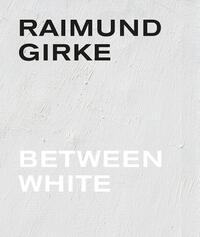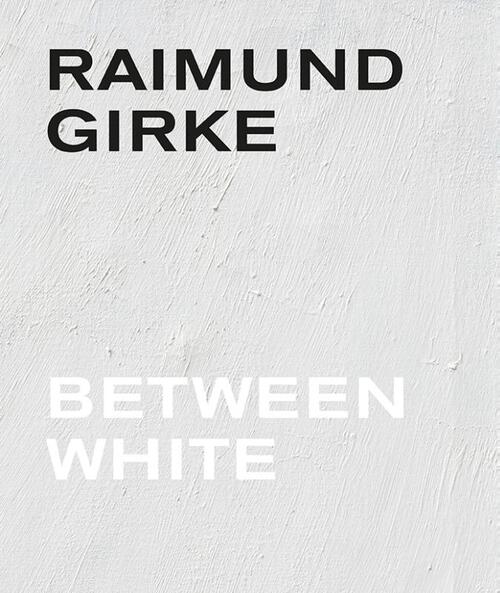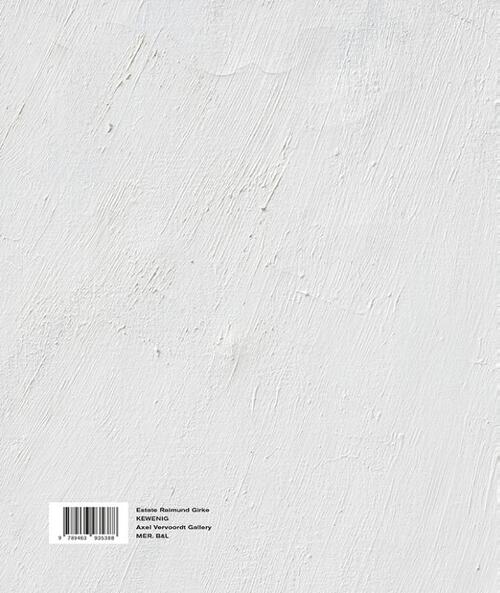65.00
Op werkdagen voor 23:00 uur besteld, volgende dag thuisbezorgd.
When post-war art in Western Europe was characterised by happenings and installations, the artist Raimund Girke (1930–2002), born in Heinzendorf (today Poland, then Lower Silesia (Germany)), continued to regard art as a two-dimensional application of paint on canvas or paper. Although he exhibited several times with artists of the ZERO movement, founded by his fellow students at the Kunstakademie Düsseldorf, he was determined not to be a part of it. Later, he was associated with some other artists’ movements, such as Analytische Malerei, Essentielle Malerei, Fundamentele Schilderkunst or Radical Painting — the one founded by critics or curators, the other by artists themselves. However, the only term that applies with certainty to Girke’s oeuvre, is painting, more specifically the search for the possibilities of the presence or absence of white — for him, the “Königin der Farben”.
This book provides the first overview of Girke’s involvement in these different movements, contextualising his relationships with artists he admired or could count among his friends, such as Ryman, Calderara or Uecker. It identifies the important historical exhibitions in which Girke participated, such as documenta 6 (1977) or the Venice Biennale (1990), and looks at the evolution of his technique and palette. Florian Illies, Anke Hervol and Peter Iden wrote new, comprehensive contributions; the important essays by Dietmar Elger (1995) and Gottfried Boehm (2000) are translated and brought together for the first time, contextualised with historical photographs of exhibitions and gatherings, as well as reproductions of invitations, posters and catalogues.
This book provides the first overview of Girke’s involvement in these different movements, contextualising his relationships with artists he admired or could count among his friends, such as Ryman, Calderara or Uecker. It identifies the important historical exhibitions in which Girke participated, such as documenta 6 (1977) or the Venice Biennale (1990), and looks at the evolution of his technique and palette. Florian Illies, Anke Hervol and Peter Iden wrote new, comprehensive contributions; the important essays by Dietmar Elger (1995) and Gottfried Boehm (2000) are translated and brought together for the first time, contextualised with historical photographs of exhibitions and gatherings, as well as reproductions of invitations, posters and catalogues.

- : Dietmar Elger, Gottfried Boehm, Peter Iden, Anke Hervol, Florian Illies
- : Mer
- : 9789463935388
- : Engels
- : Hardcover
- : 534
- : oktober 2022
- : 3118
- : 300 x 254 x 61 mm.
- : Individuele kunstenaars, kunstmonografieën

